Is there a way to get significance codes after a pairwise comparisons to a Kruskall wallis test? With significance codes I mean letter codes that are assigned to populations to indicate where differences are significant.
With a traditional anova such a test can be performed using HSD.test from the agricolae library but for non parametric counterparts of anova I have not been able to find anything.
A small toy example:
dv <- c(runif(100, 5.0, 10))
iv <- as.factor( c(rep("I", 10), rep("II", 10), rep("III", 10), rep("IV", 10), rep("V", 10),
rep("VI", 10), rep("VII", 10), rep("VIII", 10), rep("IX", 10), rep("X", 10)))
df <- data.frame(dv, iv)
# with anova
library(agricolae)
aov.000 <- aov(dv ~ iv, data=df)
HSD.test(aov.000, "iv")
# after KW test:
(kt <- kruskal.test(dv ~ iv, data=df))
library(coin)
library(multcomp)
NDWD <- oneway_test(dv ~ iv, data = df,
ytrafo = function(data) trafo(data, numeric_trafo = rank),
xtrafo = function(data) trafo(data, factor_trafo = function(x)
model.matrix(~x - 1) %*% t(contrMat(table(x), "Tukey"))),
teststat = "max", distribution = approximate(B=1000))
### global p-value
print(pvalue(NDWD))
### sites (I = II) != (III = IV) at alpha = 0.01 (page 244)
print(pvalue(NDWD, method = "single-step"))

 Lastly, if you do not want the graphics, you can dig into the package and easily find the string that stores the grouping information to be used elsewhere.
Lastly, if you do not want the graphics, you can dig into the package and easily find the string that stores the grouping information to be used elsewhere.